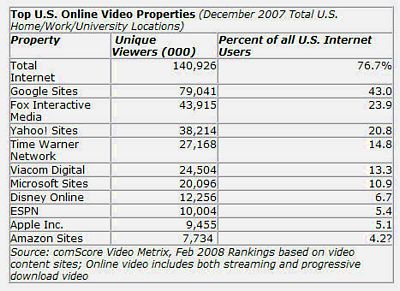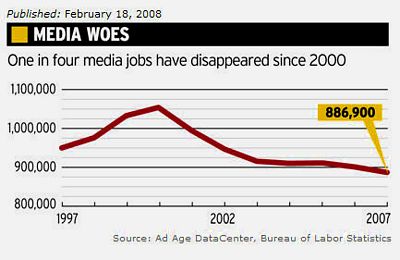 Â Interactive media invite change
 Interactive media invite change
I was arguing with another blogger over the weekend over the best way to make a difference as a writer, and it finally occurred to me that that writing and journalism are too timid for the times, and out of step with the technolgy. Writing is about suggesting ideas. Good ideas are a useful but that judgment is in the mind of readers and they come to most stories with a set of preconceptions. They already have some predisposition toward the facts and when they read it is to see whether the writer has or has not conformed to those preconceptions. Everyone does this. At least so I believe based on 53 years of life experience including 16 years as a newspaper journalist. But I formed this bias, if you will about how people process information, back when I was a 20-year-old Navy journalist, reading a nightly newscast aboard a warship in the Pacific. I used to walk down the passageway from the closed circuit TV studio where I did my thing and hear from my crewmates playing cards on the mess decks. That was during the 1970s. During the 1980s I wrote columns for a now defunct weekly in Arcata, California. It was a small town of about 15,000 and I believe I earned $10 or $15 a week. But for me, as a small business owner, it was about the exposure. And I recall one day in particular when one of my townsfolk stopped to compliment me on something I had written and I made the error of asking them what — and they told me something 180 degrees to the opposite of what I had intended to convey. Whatever they had read had been the opposite of what I meant.
So now we have interactive media available and I think that changes everything. Suddenly the communicator has the ability to request or provoke an action. That is the fundamental difference. So far writers and broadcasters have focused on the ease of distribution. Yes it is easier to send digital copies. And yes this has completely upended the economics of publishing. That economic disruption has complicated the task of journalism. It used to be we could imagine that somewhere, somehow, the news industry would cover the important topics of the day out of the profits they enjoyed through advertising. And both print and broadcast news used to be extremely profitable. So there probably was sufficient wealth to insure a level of scrutiny from the press overall sufficient to play the watchdog role that journalists imagine to be theirs. Nowadays I think every aspect of that supposition is wrong. As the profit goes out of the newsgathering industry there is an inexorable pressure to create content that draws readers and advertising. Pay-per-click advertising demands “good” news because there is nothing that can be sold alongside a keyword like “genocide” (I explored this topic previously in a posting titled Hot Tubs vs. Hot Zones.)
But interactive media change the whole process of communication in a way that we are only beginning to understand because it is so new. We can invite activity. If you agree, vote this article higher. If you agree, write your elected or corporate official. If you agree, join the movement in some way appropriate to your circumstances. The communicator no longer need be merely the guardian angel (or devil) whispering in your ear. They become the organizer or inciter of activity. The writer becomes a rabble rouser. Otherwise they leave the most powerful capability of new media unused, and that is the ability to use the network to coordinate the actions of like minded people.
Why did I wake up this morning in this “storm the Bastille” frame of mind? It has to do with that argument I mentioned. The other party was interested in tracking down some supposedly misleading information about global warming. Why bother is my thought? I can no greater waste of time than trying to change the minds of people whose predispositions make them more likely to sneer than to smile at my ideas. If I wanted to do something about global warming, I would plant a tree. If I wanted to do something in a big way about global warming I would start a group of people who plant trees. I would share information about which trees have the best carbon-dioxide conversion rates. And what about city dwellers? Are there potted plants that could decorate an office or apartment and enlist more folks in the effort?
It all comes down to how change occurs. During most of the last 15 years I have covered Silicon Valley where change is an industrial process. The main take away is the power of small teams of dedicated and focused individuals. That’s what a startup company is — a few people with a laserlike focus on making something happen.
That same method would work just as well for the sort of change that gets lumped under the rubric of social progress. If you want to change some part of the human experience, create a web page to lay out what you stand for and find the people who agree. Make it easy for them to join you. Or you join them. Do something. Actions speak louder than words. Interactive media finally connect the two. So why fight the losing battle to change minds when there are minds that already agree with you and are just waiting for something purposeful to do?
Postscript: the artwork is from DesignCanChange.org



 Â Marsha Friedman says: relax
 Marsha Friedman says: relax   Interactive media invite change
 Interactive media invite change Â
Â